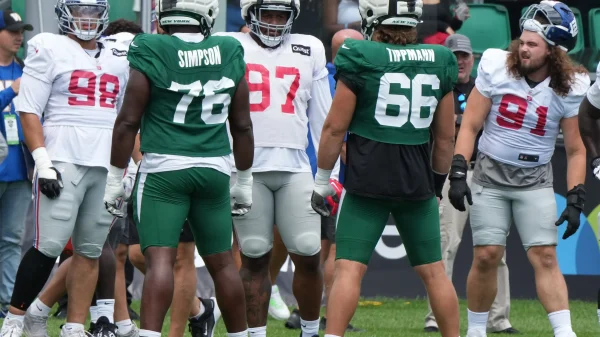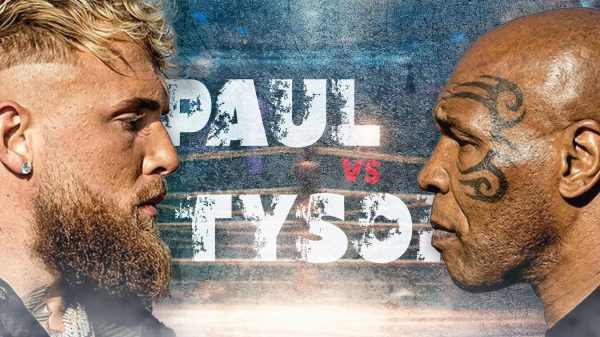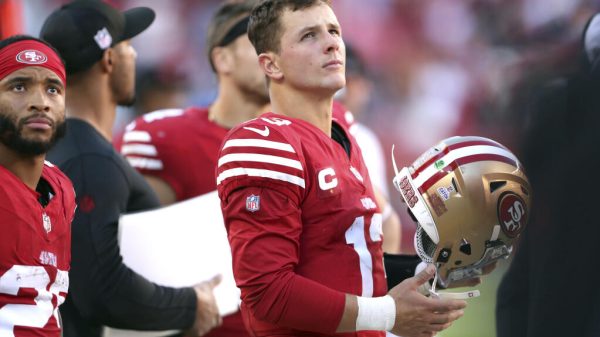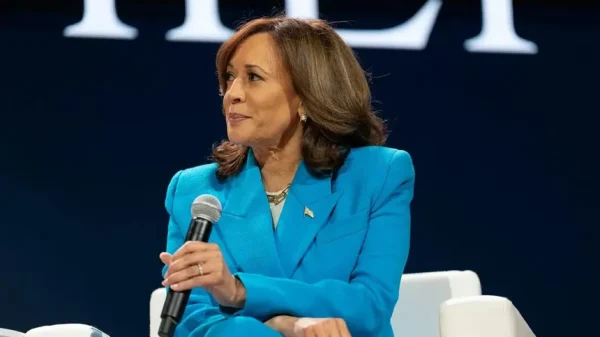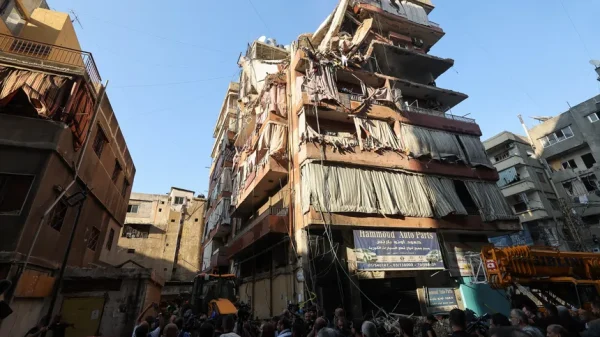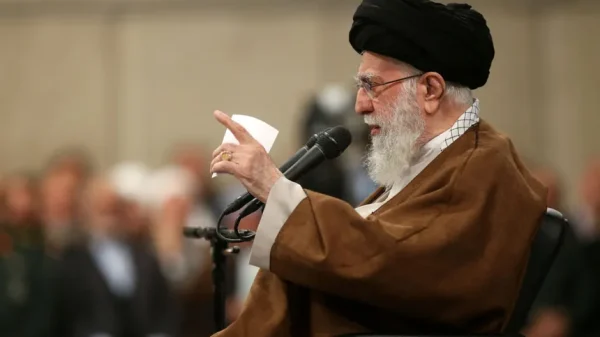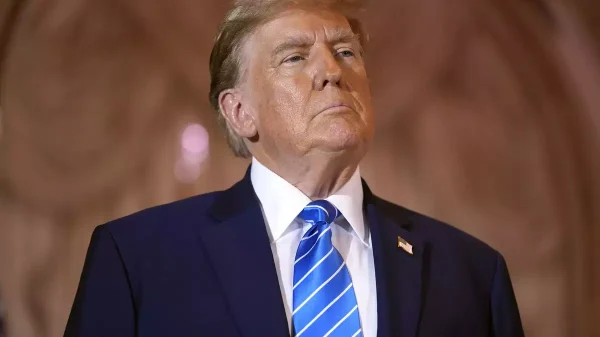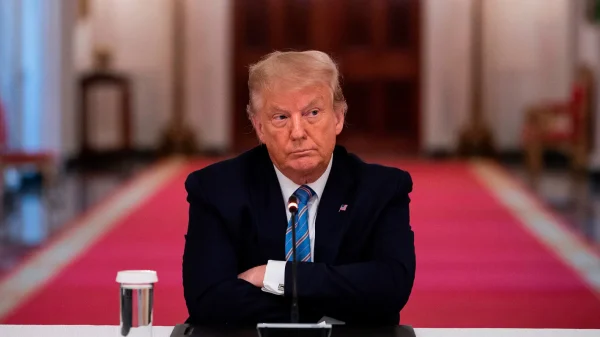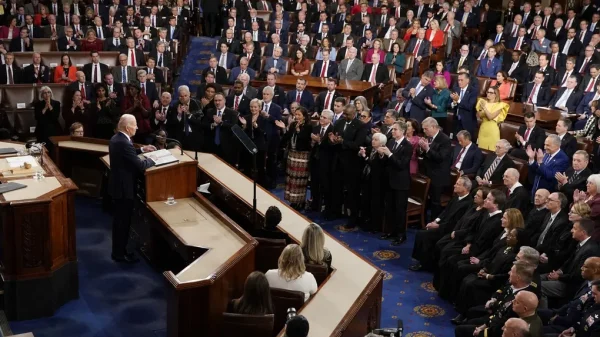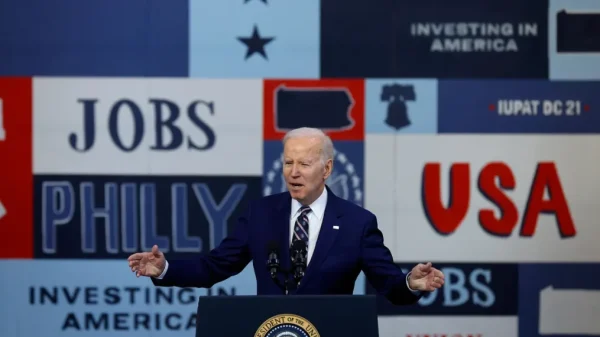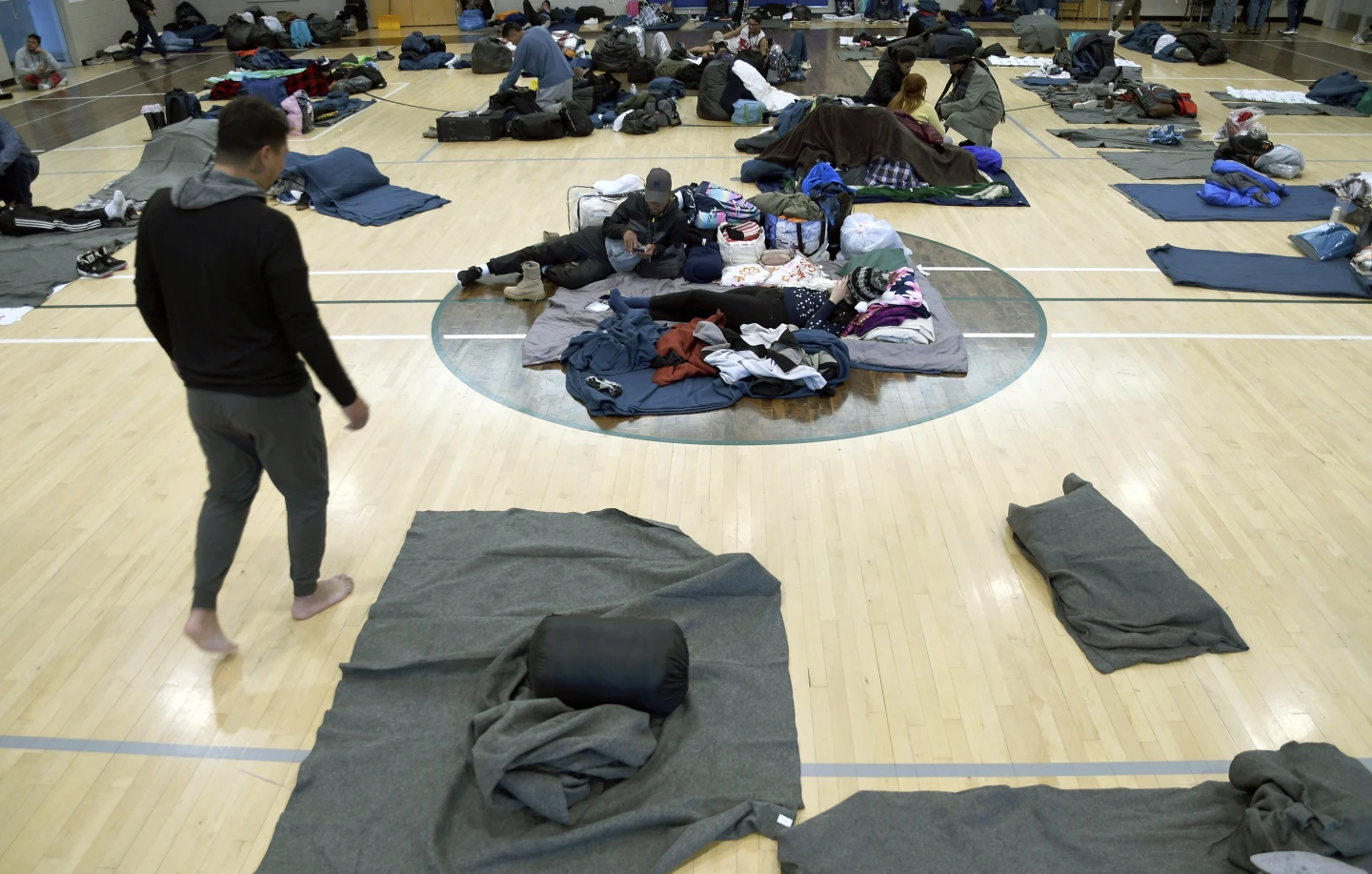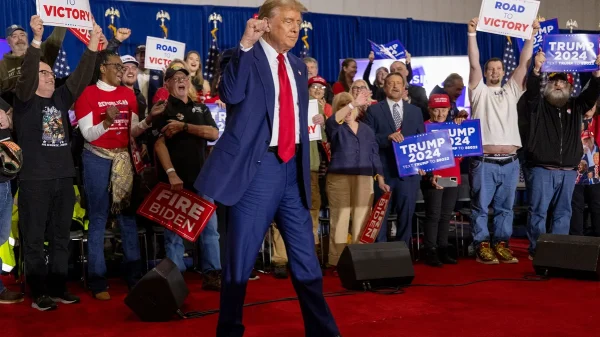Republican activists met in a school lunchroom last month to listen to candidates’ political pitches and agreed that immigration is the top issue in the Denver suburbs now.
They explained that the arrival of mostly Venezuelan migrants traveling north through Mexico has disrupted the area. Nearly everyone at the meeting expressed discomfort with the new population, which has strained public services and become a major topic in local and national elections.
“We’ve lived here our whole lives, and now we’re having to pay for hotels, debit cards, and healthcare for the migrants through government spending,” said Toni Starner, a marketing consultant. “My daughter is 22 years old and can’t afford to buy a house.”
Meanwhile, 1,200 miles south in the prosperous industrial city of Monterrey, Mexico, migrants are also making a significant impact. Haitian migrants speak Creole on downtown streets, and Central American migrants ask drivers for help at intersections.
However, these newcomers are not part of Mexico’s political discourse as the country prepares for its presidential election on June 2.
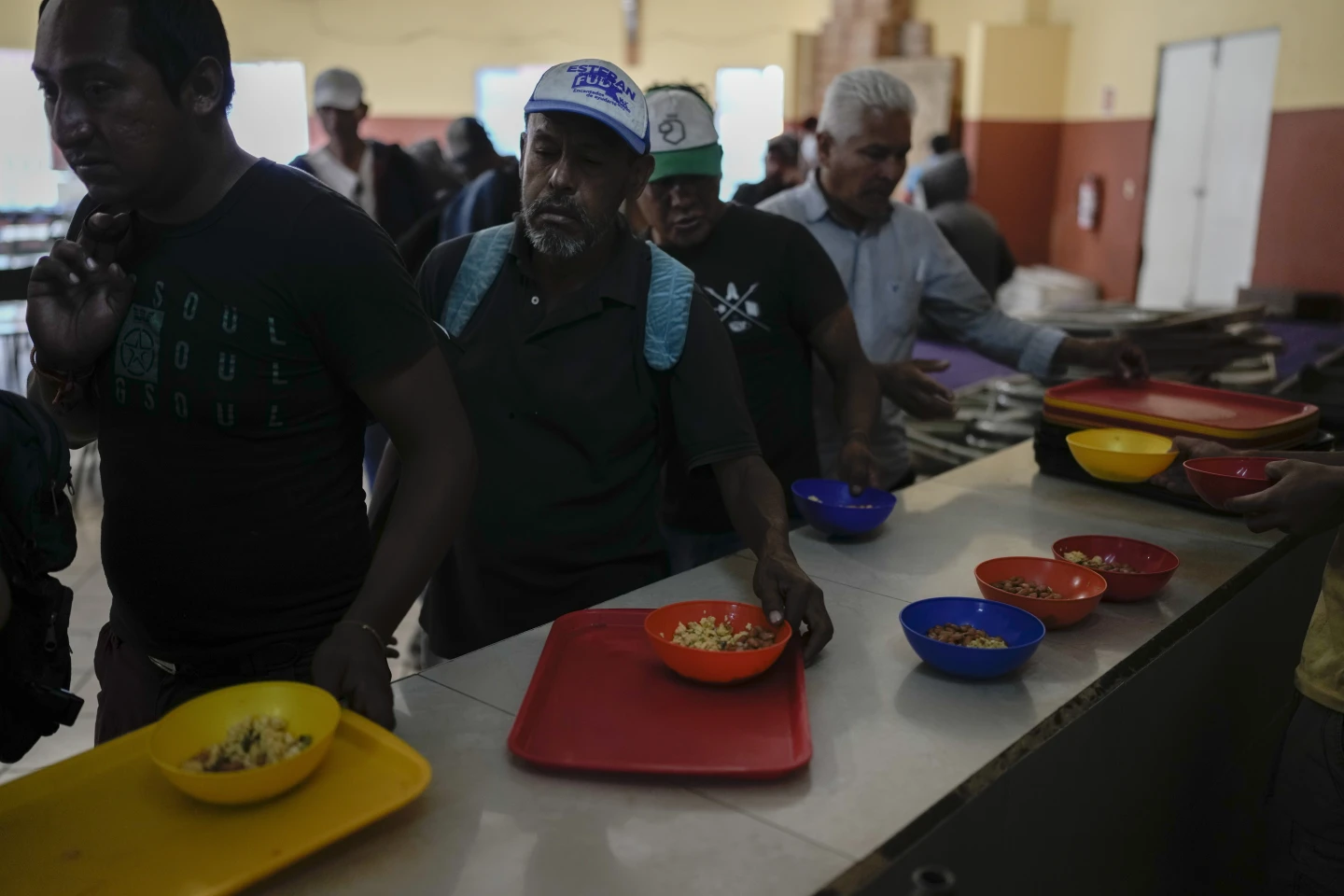
Migrants lineup for food (Via Steve Cummins/Shutterstock)
“If it were a problem, politicians would already be talking about it in their campaigns,” said Ingrid Morales, a 66-year-old retired academic from Monterrey’s south side.
Every 12 years, the simultaneous presidential elections in the U.S. and Mexico provide a valuable comparison. The different ways migration influences the elections in the two countries this year reflect their distinct styles of democracy.
In Mexico, political parties are still dominated by institutional structures, while in the United States, Donald Trump’s disruption of the two-party system with a more populist approach has brought anti-immigration sentiments to the forefront of U.S. politics.
Andrew Selee, president of the Migration Policy Institute, noted that Mexican politics focus more on economic issues like the economy, whereas in the wealthier United States, questions of national identity are increasingly prominent.



